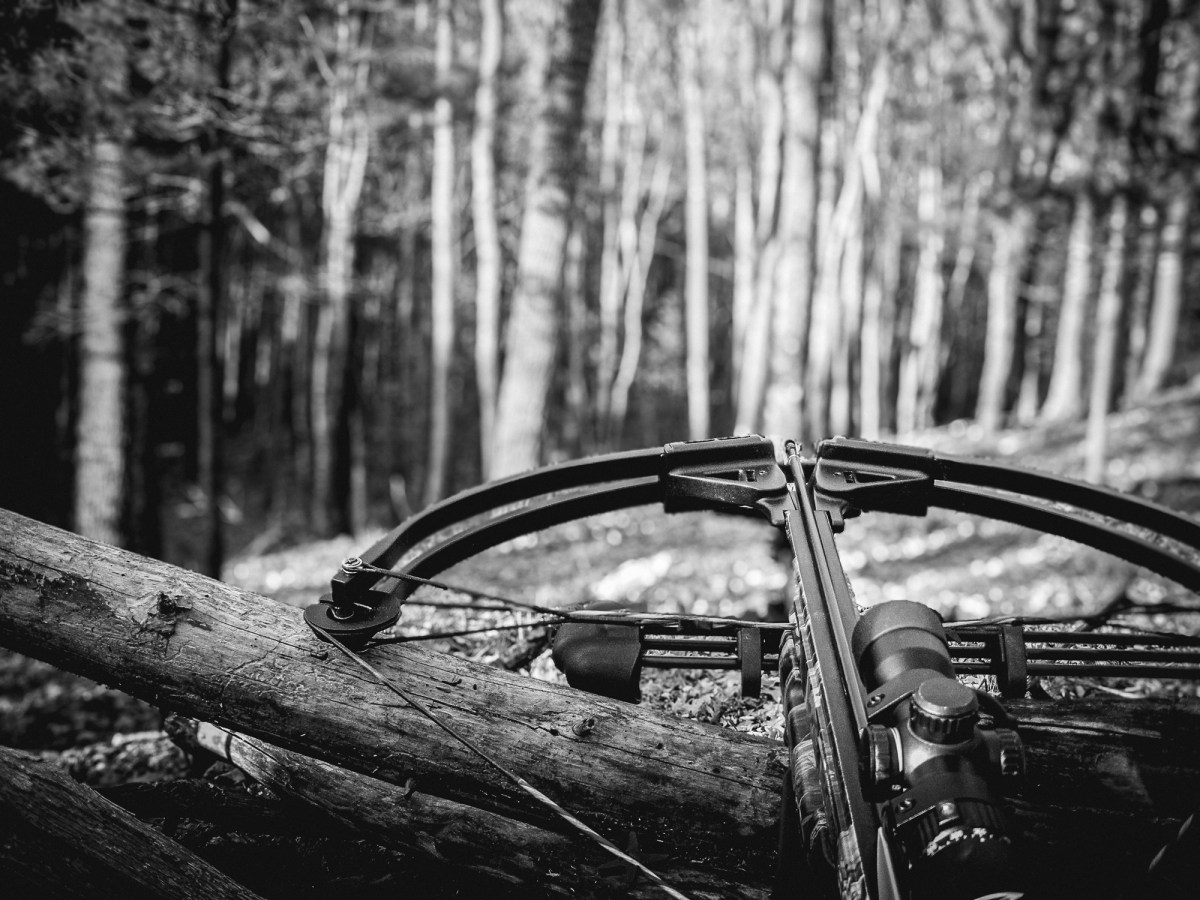Where to Hunt Pheasants: The 4 Best States for DIY Hunters

While the golden age of pheasant hunting may be behind us (just hunt with an older wingshooter and he’ll tell you all about it) there are still bag limits to be had. This is especially true for freelancing public-land hunters who aren’t afraid to turn off the pavement, walk a little farther, and knock on a few doors. Here are a few recommendations to get you started.
The Best DIY Pheasant Hunting States
I’ve primarily highlighted the eastern Great Plains and a couple Midwestern states based on recent harvest reports and good access opportunities. But pheasants are like most game: their numbers fluctuate with harsh winters, spring flooding, and habitat conditions, among other factors.
Despite ongoing drought and wildfires, there’s plenty of good pheasant hunting in pockets out West in states like Montana, Wyoming, and Colorado. Still, you’re going to find the most pheasant hunting opportunity in the Heartland.
Iowa
- Nonresident License Fee: $144
- Pheasant Harvest for 2024: 460,000 roosters (second highest in two decades)
- Season Dates: Oct. 25 – Jan. 10, 2026
- Daily Bag Limit: 3 roosters per day
Shooting hours: 8 a.m. to 4:30 p.m
Iowa pheasant hunters are on a tear with two back-to-back banner years of record-high harvests, and all told roadside counts and rooster harvests are trending upward from an all time low in 2010 (following five consecutive winters of more than 30 inches of snowfall). Better yet, Iowa’s upland wildlife biologist predicted this fall will be even better than the 2024 season.
While Iowa isn’t exactly rich in public land (it’s one of the states with the least amount of public-land in the nation), it does have a great walk-in hunting program for public hunters on private land. Iowa’s Hunting and Access Program (IHAP) has more than 30,000 private acres enrolled across 57 counties. Focus on the northern half of the state, which has more abundant concentrations of birds.
For public land hunting, check out the northwest corner of the state. The best pheasant hunts in Iowa, however, will happen on private land. Don’t be shy about knocking on doors and talking to farmers.
Minnesota
- Nonresident License Fee: $102 + $7.50 stamp
- Pheasant Roadside Count (Aug. 2024): 19 percent above 10-year average
- Season Dates: Oct. 11, 2025 to Jan. 4, 2026 (in most of the state)
- Daily Bag Limit: 2 roosters through Nov. 30; 3 roosters after Dec. 1
- Shooting Hours: 9 a.m. to sunset
While Minnesota pheasant hunters have reported a relatively stable harvest in the last decade, they enjoyed a bump in pheasant numbers last year, when the roadside count bird numbers were 19 percent higher than the 10-year average. While roughly a quarter of Minnesota is public land, much of that is found in the northern half of the state; pheasants are found in the southern half, where agriculture dominates. Fortunately, Minnesota has Wildlife Management Areas, federal waterfowl production areas, and a strong walk-in access program where public hunters can hunt private lands for a small fee. Without looking too hard, you’ll find a few large complexes of public pheasant habitat in the Southwest corner of the state.
South Dakota
- Nonresident License Fee: $142
- Pheasant Harvest Statewide in 2024: 1.3 million roosters (highest in 13 years)
- Forecast for 2025: N/A
- Season Dates: Oct. 18, 2025 to Jan. 31, 2026 (non-resident)
- Daily Bag Limit: 3 roosters
- Shooting Hours: 10 a.m. to sunset
There’s a reason South Dakota still tops lists like these year after year. Pheasant hunting is big business here, and that means there are plenty of great sporting-goods shops, grocery stores, motels, and small-town dives to support your trip.
It’s true that many hunters go to South Dakota for the put-and-take wingshooting, and that’s just fine. It means that most other hunters you see are paying an outfitter or hunting a game farm, and many visiting hunters road hunt or casually push easily-accessible public chunks. That leaves thousands upon thousands of acres of public and publicly-accessible South Dakota lands for the taking — if you don’t mind putting in the legwork.
South Dakota has stellar walk-in access through a handful of different programs with private landowners, including its Walk-in Area Program (1,400 landowners provide public hunting access to over 1.2 million acres of private land), Controlled Hunting Access Program, and the Conservation Reserve Enhancement Program, which opens roughly a thousand blocks of private land to public hunting.
North Dakota
- Nonresident License Fee: $122
- Pheasant Harvest Statewide in 2024: 357,018 roosters (up 12 percent from 2023)
- Season Dates: Oct. 11, 2025 to Jan. 4, 2026 (tentative)
- Daily Bag Limit: 3 roosters
- Shooting Hours: 30 minutes before sunrise to sunset
North Dakota might be a haul from your home state, but once you get there you’ll find plenty of public land and walk-in access. Last year’s pheasant harvest was up due to more birds in the population. The counties with the highest harvests were in Western North Dakota: Hettinger, Divide, Burleigh, Williams, and McLean counties.
That said, rooster harvest was also up in North Dakota because more hunters were afield last year, so be prepared to do some scouting to avoid competition. Check out public areas and the state’s walk-in access program (Public Lands Open to Sportsmen, or PLOTS), and don’t be afraid to knock on doors. Unless you’re a pro at securing permission, just don’t show up for the opener. Nonresidents can’t hunt state game lands or leases, WMAs, or PLOTS until after the first week of the season. Also, new changes to North Dakota regs allow landowners to post their property electronically, so pay attention to both physical and digital property boundaries.
Use Digital Mapping to Narrow Your Hunt Area
After you’ve picked a state and a general area where you’d like to hunt, you should break out a digital mapping app to start picking out promising hunting grounds. After you’re done digitally scouting, be sure to build in in-person time to scout before you hunt.
E-Scouting
As you’re poring over maps, look for publicly-accessible lands (this includes private lands enrolled in public-access programs) that are at least a 20 minutes outside of small towns, and an hour outside of big cities. Resist the temptation to pin the first public parcel in any town’s orbit. You can bet every other pheasant hunter has eyed that spot, too. Think about it like this: The more time you spend driving, the more likely you are to find birds no one has messed with.
Once you locate a more remote region with accessible ground, start evaluating specific parcels. The best spots usually aren’t accessible by blacktop, but require you to take dirt roads. Also, remember that like all wild critters, pheasants need three things: food, water, and cover. Look for tracts of land that provide all three, and target areas where they intersect. Prime spots include swaths of private farm ground (with crops like corn, milo, and soybeans) next to public tracts. The best public parcels have a few of or a combination of the following features:
- Native grasses
- Shelter belts
- Rolling hills
- Cattail sloughs
- Marshes
- Fencerows
- Brush piles
- Hedge rows
- Ditches
- Water
- Weeds
In other words, look for transition zones between cover and feed. The size of the parcel matters less than the features around it. That said, bigger public-parcels can often be more productive since most hunters won’t push an entire piece of ground.
Drive Around
Pin a bunch of likely-looking spots, then plan to check them out as you hunt your way through the area. While speed-scouting for deer usually requires boots-on-the-ground, pheasant scouting isn’t usually so demanding. Instead, it’s simple to drive past a pheasant spot you marked on onX and know immediately whether it’s worth hunting. Satellite imagery can be deceiving, and you may arrive to find the farmer has already hayed the field and there’s not a speck of cover in sight. When this happens (and it will), don’t get discouraged: If you’ve done your homework, you’ll have plenty of spots to try next. Strike it off your list, then drive to the next one. As you cover ground in your truck, you’ll likely discover new spots you overlooked online.
More Tips for Finding Pheasants on Public Land
Pick Smart Spots
- Scout and listen before shooting time. Shooting times can vary widely, and if you find yourself in a state that mandates a late start (for example, you can’t hunt pheasants until 10 a.m. in South Dakota), use that time to your advantage. Visit likely-looking spots in the early morning and roll down your windows. Listen for roosters crowing and watch the roads and hay bales for hungry and preening birds.
- Follow the farmers. Public ground that borders freshly-harvested crops is money, since all that waste grain in cut corn and bean fields will draw birds. By the same token, pay attention to where farmers are harvesting as you drive around.
- Don’t be afraid to ask for permission — especially in the late season. While pheasant spots are hot commodities in iconic places like South Dakota, it’s often much easier to get permission for roosters than it is for deer. You might also have better luck asking for permission after peak season, when the weather turns cold and most folks have hung it up for the year.
- Give other hunters space. If you see trucks parked at the parcel you marked, skip it. You can always come back later and hunt it another time, especially if it’s a big piece. Even if those hunters do take a couple birds out of there, there are likely plenty more that they walked over or missed.
- Park and gear-up quietly, and be ready to shoot as soon as you hit the field. Public-land roosters are pressured. You’re not going to do yourself any favors by slamming doors, rattling gear, and taking forever to suit up. Instead, do most of your prep work before you get to your parking spot, keep the noise to a minimum, and slip into the field quietly. Be ready to flush a rooster right by the truck, or to put one up just as you’re returning at the end of your hunt. Roosters flush at the worst times, so be ready all the time.
Hunt Wisely
- Focus on strips of cover — especially thin ones. You don’t need a giant field of native grass to find lots of pheasants. Thin strips of cover, including in low-lying areas that can’t be farmed, are great spots to target and efficient if you’re hunting solo. Don’t dismiss brushy fencerows, especially those next to waste grain. That thin fencerow may not look like much, but it could hold birds — and more than you think.
- Push cover strategically and block escape routes. Remember that wild roosters are cagey, and they would rather run than fly whenever possible. That knowledge should help you select the best cover to push (see previous tip) and be prepared for a flush when that cover runs out. If you’re hunting with a buddy, put a blocker at the end of these grassy swales to intercept pheasants running ahead of you.
- Hunt during happy hour. My favorite time to pheasant hunt is actually the last few legal hours. Other hunters have usually called it quits by then and the pheasants are often moving from feed to roost. It’s a great time to intercept them. Just pay attention to your directions as you push cover; Flushing roosters can and will disappear into the sunset.
- Always trust the dog. This advice is well-worn, and for a reason. I do my best to pick good parcels for my Lab, then I turn him loose and follow him wherever he wants to go. This is easier when hunting solo or with a buddy, but it’s worth remembering in big groups, too. I have missed too many flushing roosters by discounting my Lab when I thought he looked birdy — because I was tired, or didn’t want to double back, or a million other excuses. Now, I follow him without fail. On the flipside, if you’re hunting a new location and your dog isn’t acting birdy, don’t spend too much time there. A good rooster dog will let you know if there are pheasants on the place — or if there aren’t.
Final Thoughts on Where to Hunt Pheasants
Public-land roosters are tough and wary birds, and the best way to hunt them is to identify promising spots — then get after them. Pin lots of publicly-accessible areas off the beaten path that offer abundant food, water, and cover, then drive by them to confirm whether they’re worth hunting. Expect several of them not to pan out. Once you drive up to a likely looking spot, pay attention to the wind direction and cover. Hunt into the wind to give your dog the advantage. Identify thin cover that birds will run through and thick cover that will hold them . If you follow these tips, you’ll likely find enough birds to fill a bag, and then some. Just be sure to shoot straight when you do.
Read the full article here









